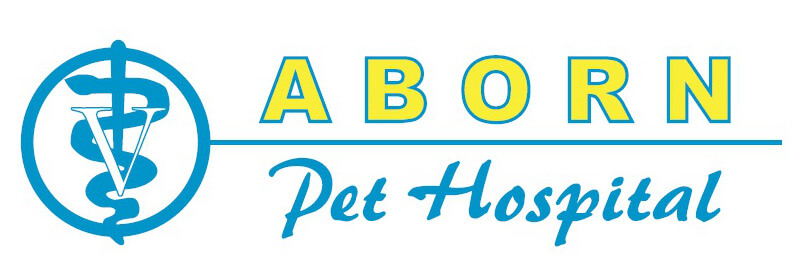One positive side effect of the pandemic is that many shelters across the U.S. were cleared, as families decided that more time at home meant that they could finally pull the trigger on the pet that they’d long wanted to make part of their brood.
As this article from The Washington Post noted, “At the Society for the Prevention of Cruelty to Animals Los Angeles, a nonprofit shelter, adoptions were double their usual rate in late June, with 10 or 13 adoptions a day, president Madeline Bernstein said. A waiting list had formed for certain types of dogs, and for puppies in general because so few were left in the shelter.”
In particular, there seemed to be a Pandemic Puppy Palooza, if you will. And while puppies—with their amazing breath, soft fur, and endless shenanigans—are the best, the last thing you want to do is contribute to overpopulation by not having your pup spayed or neutered. Spaying and neutering can also have some other behavior and physical benefits beyond preventing the pup from reproducing.
If you’ve partaken in the puppy boom and wonder about spaying and neutering, we’re here to help. As veterinarians, this is a topic that is near and dear to our hearts. We’ve gathered some of the questions that our clients tend to ask most often, and shared the answers to these spay and neuter queries below.
What is the difference between dog spaying and neutering?
Spaying is an ovariohysterectomy on a female dog. And although the term “neutering” can be used in regards to both males and females, technically neutering is usually affixed to male dogs, and itis the act of castrating a male dog in order to prevent that dog from reproducing.
How does dog spaying or neutering impact the health and wellbeing of my pet?
First and foremost, we are physically removing the organ responsible for producing either testosterone or estrogen. Those two hormones tend to make the world go round, and they can affect a dog's behavior in so many different ways—their territorial nature, roaming, and aggressiveness. All of those troubling behaviors are often changed when these procedures are done.
There are also many physical benefits for female dogs, including:
- Avoiding uterine infections
- Avoiding unwanted pregnancies
- Avoiding uncomfortable heat cycles.
Also. spaying your dog before her first estrous cycle greatly reduces her chances of developing serious illnesses such as breast cancer, and it eliminates the possibility of uterine and ovarian cancer.
How soon should I get my puppy spayed or neutered?
In general, you want to get dogs spayed at about six months of age. Depending on size and breed, the average male dog will come into sexual maturity at about the eight to nine-month range. It could be as long as a year and a half to two years, however, for our giant breeds, however, such as your Great Danes, Great Pyrenees, and Newfoundlands.
Females typically have their first heat cycles at between six and eight months of age, although it varies. Most veterinarians will want to spay them at about six or seven months before their first heat cycle if you’re not planning on breeding them. Talk to your veterinarian about when to have your particular dog spayed or neutered, and make sure they are healthy enough to have the procedure.
What will my veterinarian need to know about my dog before the spay or neuter procedure?
Males can have what's called cryptorchidism or monorchidism, which is where a testicle, sometimes two testicles, don't descend into the scrotum. We have to approach surgery completely differently and go find that retained testicle. We want to make sure that females aren’t already in heat or pregnant. And as with any procedure, your veterinarian wants to make sure your dog is healthy, so they will likely want to conduct an exam and may also order bloodwork.
How long will is the recovery for a dog spay or neuter procedure?
Dogs recover from spay and neuter procedures incredibly quickly. They're down for that day but, as veterinarians, we want them to stay down and quiet for about a week or two. We want you to limit their exercise, and certainly no swimming, bathing, or other things of that nature. Keep leash walks very short, and consider putting them in a kennel to keep them safe. After about a week or so, they're going to be back to feeling like their old selves and ready to go.
What can I do at home to make the recovery from a spay or neuter procedure go well?
You don’t have to do much by way of changing your home for your dog’s recovery, but it might be wise to have a kennel area set up, and you might consider putting some extra bedding or cushion in there. If they are going to be kenneled, you want to let them rest as comfortably as possible, so make sure they have a safe spot away from other (possibly rambunctious!) pets.
Unless you plan on responsibly breeding your dog, we highly recommend that you get them spayed or neutered to avoid contributing to overpopulation. And as mentioned, your pup will also reap the many physical and behavioral benefits of spaying and neutering. If you have questions about the procedure or you want to get your dog scheduled for a spay or neuter, please give us a call. We're here to help!

